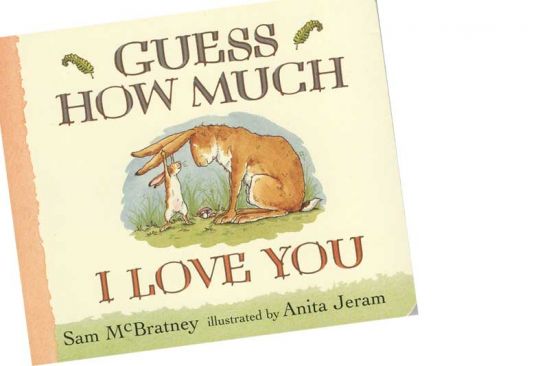Susan Ramsay | Sep 16, 2015
The image and story was everywhere. Aylan, a three-year-old Syrian boy had been found washed ashore on a Turkish beach. He and his five-year-old brother, along with their mother, had drowned while fleeing their war-torn county to find peace in Canada.
The news jolted our senses. Here was a small child, like our own children and grandchildren, who had no responsibility for war, displacement, terror, or hunger, yet he paid with his life for the actions and inactions of others.
This poignant news story has become the catalyst for Canadians to demand a more compassionate response to the plight of Syrian refuges. This outcry comes on the cusp of the United Nations International Day of Peace, celebrated annually on September 21 – a day highlighting efforts by millions of individuals, communities, nations and governments to end conflict and promote peace.
The complexity of war and the barriers to living peacefully are overwhelming. Those who make decisions about war or peace on the global scene are predominantly adults, yet the competencies to create peacefulness within the world are cultivated during childhood. Though there is no one simplistic approach to creating a peace-filled world, I was intrigued and impressed to discover The Peace Education Project, a home and school curriculum for young children. The project identifies developmentally appropriate ways to cultivate the attributes of peace in our youngest global citizens and uses carefully selected picture books to teach peacemaking with children between one and six years of age. The project focuses on six inter-related topics:
-
self-awareness and connection to others
-
joy in diversity
-
conflict resolution and sense of justice
-
imagination and playfulness
-
love of nature
-
global awareness
How can such big concepts be illuminated from the inside of children’s picture books?
Many stories are written to help children understand themselves better and to recognize their need for positive relationships with others.
Books depicting positive images of cultural and gender diversity as well as varied physical, emotional, and cognitive gifts help children appreciate differences among people.
Books that explore creative problem solving help children consider how problems can be solved in unique ways, without intimidation or violence.
Finding peaceful solutions often requires creativity. Stories can spark children’s imagination, playfulness and joy - the underpinnings of peacemaking.
The ravages of war violate nature as well as humanity. Nurturing peace also means appreciating and respecting the natural world that sustains our very existence.
A sense of the world as bigger than ourselves and an awareness of the interconnectedness of societies, belief systems, languages, and economics can be introduced to children when they are very young, knowing that depth of understanding will take a lifetime to grow.
These featured books are only a small sampling of titles suggested by The Peace Education Project. http://www.childpeacebooks.org/cpb/index.php. Whether you search out their book selections or look for others, exploring peace with children can be one small but significant step we take to cultivate peacemakers in our world.
In the words of Mahatma Gandhi, “"If we are to reach real peace in the world and if we are to carry on a real war against war, we shall have to begin with the children."
Susan Ramsay is the Early Literacy Specialist for Hastings, Frontenac, Lennox & Addington. You can contact her at 613-354-6318 (ext 32) This email address is being protected from spambots. You need JavaScript enabled to view it.
More Stories
- Latest CUPW Job Action Stops Postal Delivery Of The Frontenac News Forcing Alternate Plans
- Opponents of Barbers Lake Gravel Pit Pack Ag Hall in McDonalds Corners
- Bobsleigh Olympian Jay Dearborn At Mikes Pizza In Sydenham
- The Loins Club Of and O'Lakes Roar
- North Frontenac Back Roads Studio Tour - September 27 and 28
- Sunday Market Vendors Give Back
- George Street Work As Town Hall Renovation Nears Completion
- One Way Street Plan Hits A Dead End - Central Frontenac Council, September 9
- Global Gardening
- No Winner Yet in Catch The Ace But Fundraising Target Met

